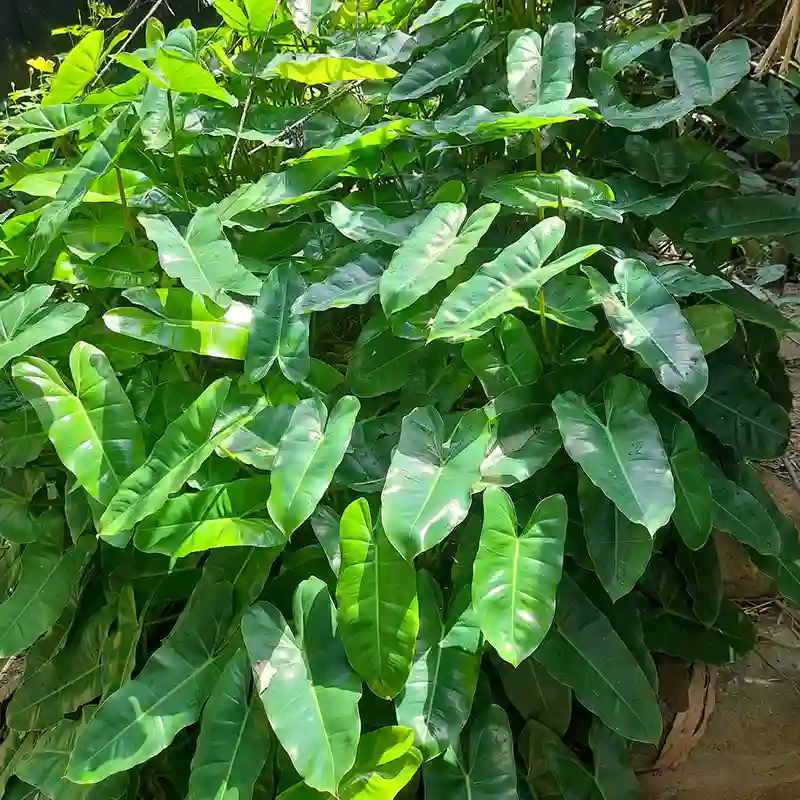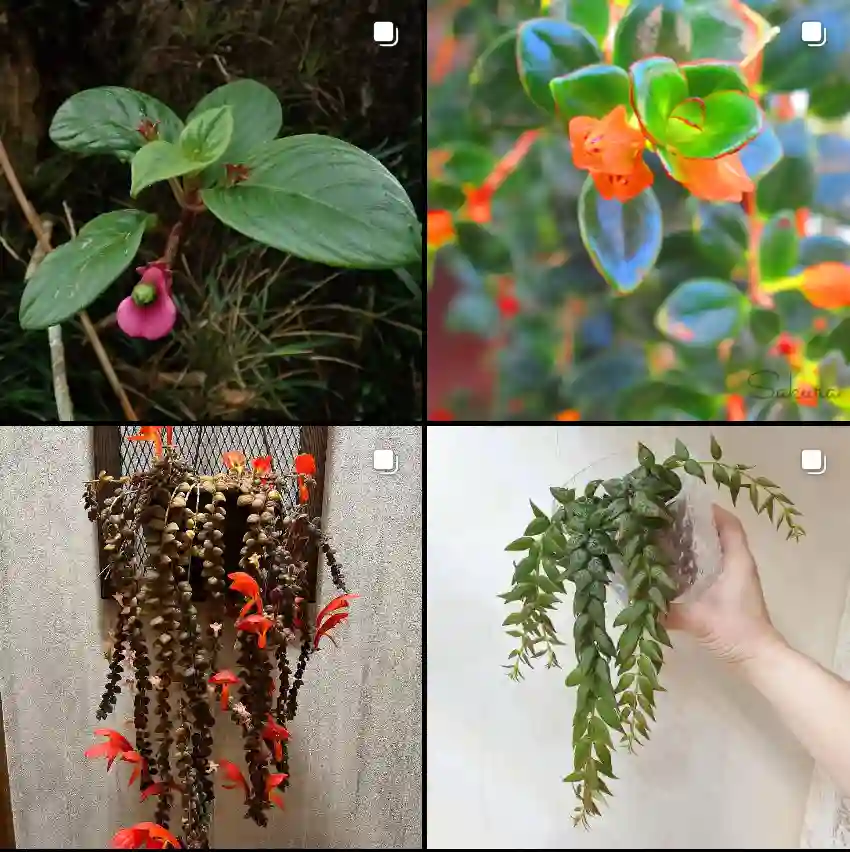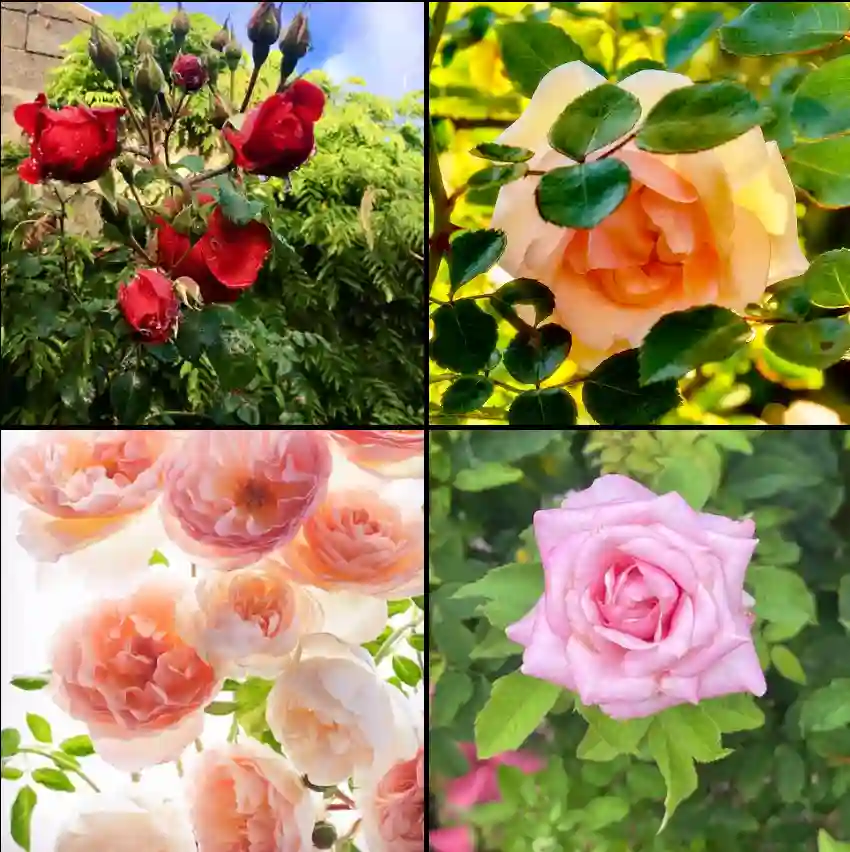The Enigmatic Aquilaria: A Personal Journey
My name is Ferb Vu, and I’ve always been fascinated by the natural world, especially the intricate and often hidden wonders of the plant kingdom. One genus that has particularly captured my attention is Aquilaria, a group of trees that produce a highly prized resin known as agarwood. This fragrant substance, often referred to as “the wood of the gods,” has been used for centuries in incense, perfumes, and traditional medicine. My own journey into the world of Aquilaria began with a simple curiosity about this precious resin, and it has led me down a path of discovery and appreciation for these remarkable trees.
Unveiling the Secrets of Agarwood
Aquilaria trees belong to the Thymelaeaceae family, are native to Southeast Asia, and they thrive in the tropical forests of countries like Vietnam, Laos, and Cambodia. What makes these trees truly unique is their ability to produce agarwood, a dark, resinous heartwood that forms in response to injury or infection. The process is a fascinating example of the tree’s defense mechanism. When the tree is wounded, it secretes a fragrant resin to protect itself from further damage. This resin gradually accumulates, transforming the heartwood into the prized agarwood.
The quality and aroma of agarwood vary depending on the species of Aquilaria, the location where it grows, and the extent of resin formation. The finest agarwood is highly sought after, commanding exorbitant prices in the international market. It is used in various forms, from incense sticks and chips to essential oils and perfumes. In many cultures, agarwood is also believed to have medicinal properties and is used to treat a range of ailments.
A Diverse Genus with Valuable Species
The genus Aquilaria comprises around 21 recognized species, each with its own unique characteristics and distribution. Here are:
- Aquilaria crassna: This species is native to mainland Southeast Asia and is known for producing high-quality agarwood.
- Aquilaria malaccensis: Found throughout Southeast Asia, this species is also a significant source of agarwood.
- Aquilaria sinensis: This species is native to southern China and is valued for its fragrant wood.
- Aquilaria beccariana: This species is found in Indonesia and Malaysia and is known for its distinct aroma.
- Aquilaria filaria: This species is native to Papua New Guinea and is also a source of agarwood.
- Aquilaria apiculata Merr.
- Aquilaria baillonii Pierre ex Lecomte
- Aquilaria banaense P.H.Hô
- Aquilaria brachyantha (Merr.) Hallier f.
- Aquilaria citrinicarpa (Elmer) Hallier f.
- Aquilaria cumingiana (Decne.) Ridl.
- Aquilaria decemcostata Hallier f.
- Aquilaria hirta Ridl.
- Aquilaria khasiana Hallier f.
- Aquilaria microcarpa Baill.
- Aquilaria parvifolia (Quisumb.) Ding Hou
- Aquilaria rostrata Ridl.
- Aquilaria rugosa K.Le-Cong & Kessler
- Aquilaria subintegra Ding Hou
- Aquilaria urdanetensis (Elmer) Hallier f.
- Aquilaria yunnanensis S.C.Huang
The Challenges and Conservation Efforts
Unfortunately, the high demand for agarwood has led to overexploitation and illegal logging of Aquilaria trees. Many species are now threatened with extinction, and their natural habitats are under increasing pressure. Recognizing the urgency of the situation, conservation efforts are underway to protect these valuable trees.
Sustainable harvesting practices, reforestation programs, and community-based conservation initiatives are being implemented to ensure the long-term survival of Aquilaria species. These efforts aim to balance the economic benefits of agarwood production with the need to preserve these trees for future generations.
A Personal Reflection
My fascination with Aquilaria has deepened my appreciation for the interconnectedness of nature and the delicate balance between human needs and environmental conservation. The story of agarwood is a reminder of the preciousness of natural resources and the importance of sustainable practices. It is also a testament to the resilience of nature and the remarkable ability of trees like Aquilaria to produce such a valuable and sought-after substance.
As I continue to explore the world of Aquilaria, I am filled with a sense of wonder and responsibility. I believe that by understanding and appreciating these trees, we can contribute to their conservation and ensure that their legacy endures for generations to come.
If i die, water my plants!



